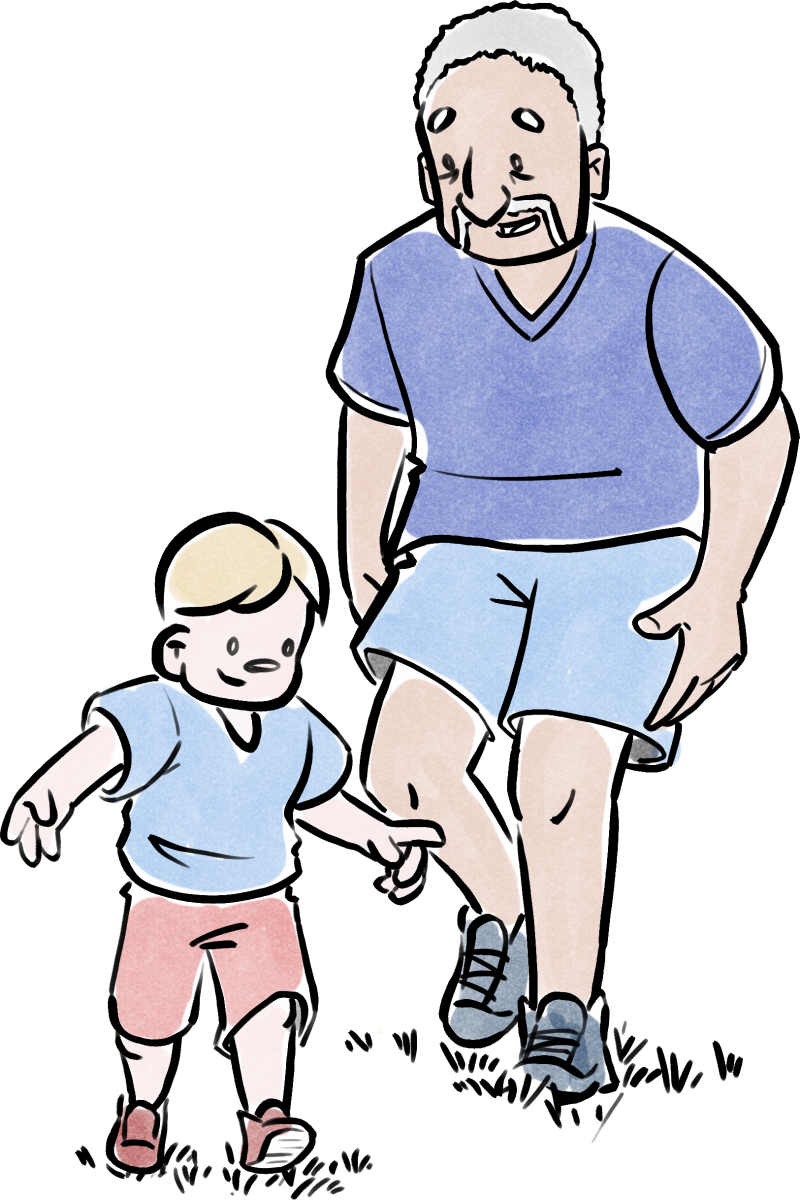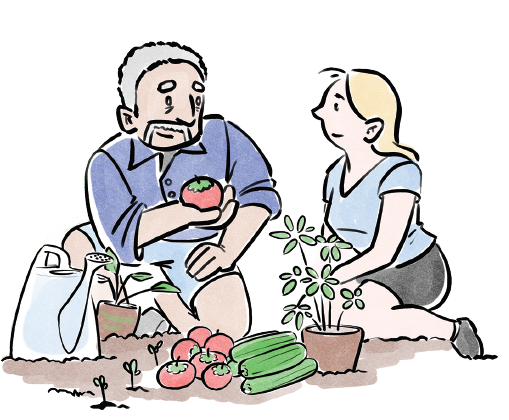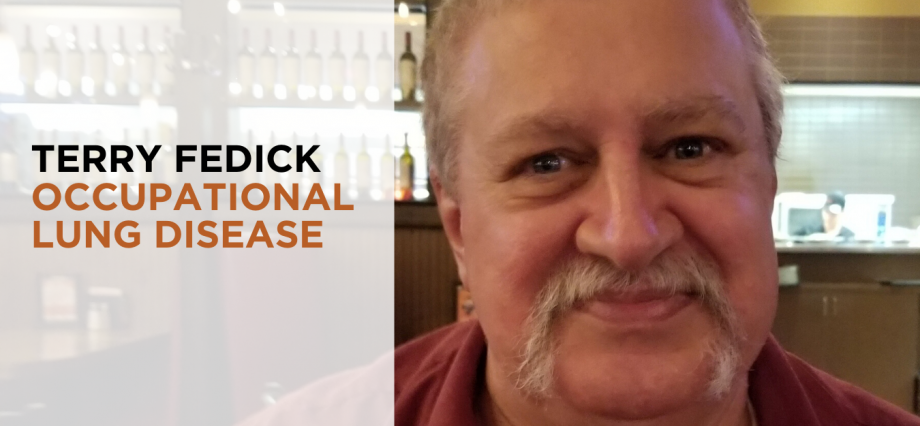I was 42 when I arrived home from nightshift unable to breathe. Two weeks later, my new life began — a life that required me to be tethered almost 24/7 to an oxygen machine. That was 1999.
What kind of work did you do?
By middle age, after a variety of jobs involving chemicals, my lungs had become a garden of toxic particles and fibers. When I got sick, I was working as a transport coordinator for the Local Health Authority. I ran what is known today as a Handidart, driving patients around. It was a good job and easier on my lungs than others I’d had before. Most of my previous jobs included installing asbestos pipe wrap, spraying logs with chemical preservatives, and grinding fiberglass.
Were there safety issues in place to protect your lungs?
Employers were more lackadaisical about safety back then. Occasionally, someone would suggest you put on a mask, but there were no hard safety rules or monitoring. After getting sick, I contacted Workers’ Compensation Board (now Worksafe BC) to ask for help, but my request was denied. They said they couldn’t prove which of my previous jobs caused my lung problems so they couldn’t help. I should have fought harder I suppose, but I had no fight in me. I was too sick.
What did you do when you got sick?
Fortunately, the day I found myself strapped to a gurney was also the day my then employer approved employee long-term disability coverage — without which I would not have survived. The day I fell ill was also the last day I smoked a cigarette or held a job. Doctors still can’t quite whittle down my lung condition to a single respiratory problem. They believe I suffer from one or more forms of Interstitial Lung Disease, an umbrella term for disorders that cause irreversible scarring (fibrosis) of the lungs. As scarring progresses, so does the ability to breathe easily.
When did your life turn around?
After 15 years on non-stop oxygen, I was in a dark place — until I met Alanna Simms , a Respiratory Therapist (RT) who helps manage my pulmonary rehabilitation and lung fitness maintenance program.
For years, I couldn’t even go to the bathroom without my oxygen. This program is designed specifically for people with respiratory disease and helps us forge connections with others who face similar health challenges. My wife Gloria and I have three kids — two sons, a daughter — and three grandkids. While I count on their love and support, I was in a pretty dark place until I met Alanna. She got me moving, and she keeps me moving.
In addition to getting active with Alanna’s help, I credit my health improvement to overcoming my reliance on prescription painkillers, including morphine and lidocaine. I’ve switched to medical marijuana, specifically cannabinoid (CBD) oil. It took time and experimentation to get the dosages right, but I can’t say enough about how much it helps.
How are things going for you now?
While much better than before, I must admit that I have the occasional setback. My doctor says half of one and two thirds of my other lung work, but neither work great so I have to be careful. Lucky for me, I’ve got three nurses in the family, and if I misbehave, they’re not shy to speak up!
 In a recent hot, wildfire-smoke-filled afternoon in Vernon, I was out with my grandkids and decided to leave my oxygen machine in the car. It wasn’t a smart move. The two year-old pulled a runner and I ended up breathless on my knees. I’m fine now, but that knocked the wind out of me for a day or two.
In a recent hot, wildfire-smoke-filled afternoon in Vernon, I was out with my grandkids and decided to leave my oxygen machine in the car. It wasn’t a smart move. The two year-old pulled a runner and I ended up breathless on my knees. I’m fine now, but that knocked the wind out of me for a day or two.
I try and do 3,000 to 4,000 steps every day. When my granddaughter was born, we went to the hospital to help. That day I clocked easily 14,000 steps, because my grandson didn’t sit still. I love that little guy — but he’s always getting me in trouble!
What does your exercise regime look like?
These days, as well as having fitness and support group commitments, I’m an avid gardener. My wife and I grow so many vegetables we could feed a village. We’re constantly giving them away! Ten new cucumbers pop up every day, and we’ve a truckload of tomatoes.
Even though I’m short on lung capacity, I cram in as much living and laughing every day as I can.
Monday and Wednesday I go to Walk n’ Talk, a social program for seniors. Tuesday and Thursday afternoon there’s Pulmonary Rehab with Alanna and my fitness friends. Once a month, we have our Better Breathers Support Group in the afternoon. I also enjoy time with my family beyond what I ever-imagined possible. These lungs have never worked so hard and, thankfully, they don’t seem to want to give out any time soon
What was your prognosis when you were diagnosed?
They gave me five years when I first got sick. I’m 62 today, and it’s been 20 years and counting! If you or someone you know suffers from a chronic lung condition, I suggest they look into available patient support groups through the BC Lung Association.

